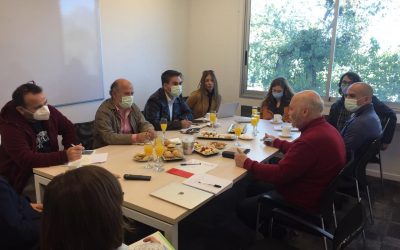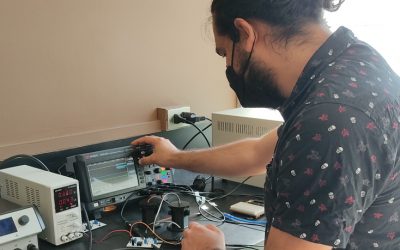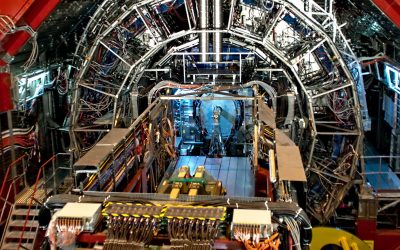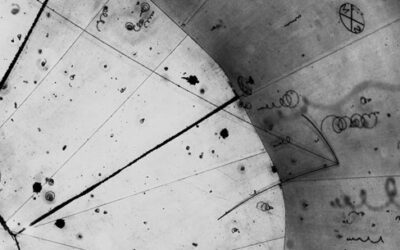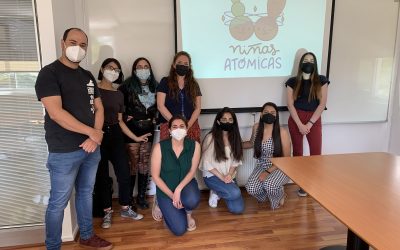The Millennium Science Initiative visits Saphir's facilities: first visit in two years
During the visit, Saphir's academics had the opportunity to present the progress of the research lines, international collaborations and the training work with students, among the various activities carried out by the Saphir...
CCHEN Delegation visits Saphir Millennium Institute
During the visit, a joint agenda for technical, scientific and outreach collaboration was discussed.By Jorge RománOn May 4, a delegation of researchers and professionals from the Chilean Nuclear Energy Commission (CCHEN) visited the offices of the Chilean Nuclear Energy...
The Saphir Millennium Institute was officially inaugurated with a call to avoid the "brain drain".
The official inauguration of the Millennium Institute for Subatomic Physics at the High Energy Frontier, Saphir, took place on Monday, May 16, 2022. This important milestone for our institute was attended by authorities from our host institutions, from the...
UNAB, Saphir and UTA team performs the first radon gas mapping in Chile
Radon is a colorless and odorless radioactive gas that can be found in almost any soil, with higher or lower concentrations. It is the second cause of lung cancer in the world, but in Chile few efforts have been made to determine its presence. A...
How to create state-of-the-art electronics to study the subatomic world
At the Saphir Millennium Institute laboratory, located on the Casona de Las Condes campus of the Universidad Andrés Bello, a team of technicians and engineers work to develop cutting-edge technology for various experiments at the Large Hadron Collider at CERN, among other research projects worldwide. This is technology for particle physics that could have revolutionary applications, such as medical imaging.
Searching for new elementary particles at the half-life frontier: charting a route to new physics.
The Large Hadron Collider has not discovered any new fundamental particles since it detected the Higgs boson in 2012. Why? Are there shortcomings in the detectors, in the search strategies, in the accelerator itself? Or is it simply that what is already known is?
New publication by Saphir Millennium Institute academics provides clues on how to discover heavy neutrinos at the Large Hadron Collider
If the existence of heavy neutrinos is demonstrated, it could expand the standard model of particle physics and explain the fact that the already known neutrinos have mass (something the standard model cannot explain). The oscillation of heavy neutrinos...
Saphir and CCHEN seek to determine how much electronics designed for Atlas fail when subjected to high radiation doses
In an experiment conducted at the La Reina Nuclear Studies Center, a team from the Saphir Millennium Institute subjected two electronic cards to a dose of radiation equivalent to that which they would receive after 10 years of operation in the Atlas experiment of the Great...
The "Atomic Girls" tutors start their training!
Five physics, astronomy and astrophysics students had their first training today to become tutors for female high school students who will learn to detect muons in their homes and schools. The "Atomic Girls" workshop seeks to deliver...
OPINION COLUMNS
No results found
The requested page could not be found. Try refining your search or use navigation to locate the entry.
![]()


